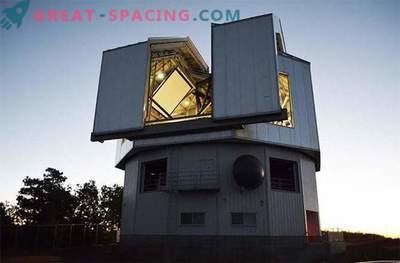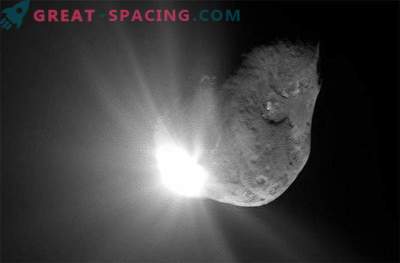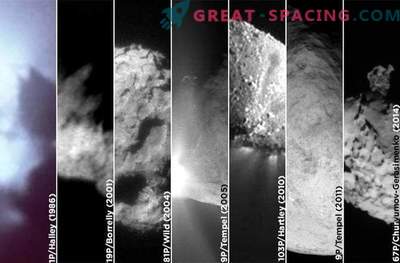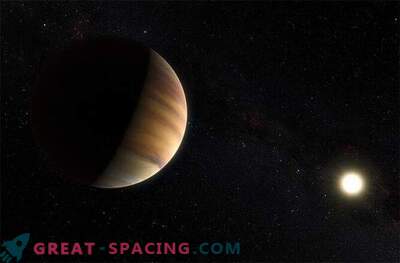
Comets can be tricky. These interplanetary stones often appear from the farthest reaches of the solar system and unexpectedly appear in near-Earth object surveys. In addition, they may not even look like comets, since they are deep-frozen and do not have their own distinctive features: coma and tail, produced by the sublimation of ice.
It is often difficult to measure their size until they come close to our planet. And sometimes they can scare us.
Comet P / 2016 BA14 was originally detected by the PanSTARRS University Telescope in Hawaii in January and identified as an asteroid, and then was again identified as a comet by the Discovery Channel telescope at Lowell Observatory in Arizona.
BA14 is notable for several reasons, but is currently most famous for being the third comet in the history of mankind in the vicinity of the flyby. On March 22, BA14 was 2, 2 million miles from Earth, it is only 9 times the distance from Earth to the Moon. Interestingly, it flew past the Earth only one day later than another comet, 252P / LINEAR, a well-known comet, found back in 2000. The 252P core size estimates are about 250 meters (820 feet) wide, and the BA14 is about half that size. Because of their close orbits, astronomers believe that both objects were once, probably, parts of the same object that collapsed some time ago.
However, during a close approach to Earth last week, the BA14 NAS Gold Gold Solar System in the Mojave Desert in California conducted observations of the object for 3 nights, detecting its rotation and true size. This piece of ancient icy space rock makes a turn around its axis every 35 - 40 hours and has a width of 1 km (3000 feet)! This is much more than previously thought, but where does such a huge discrepancy come from? Radar imagery made it possible to observe important features on the surface of the comet, which can help scientists better understand its origin.
"The radar images show that the comet has an irregular shape: it looks like a brick on one side and a pear on the other side," said Shantanu Naidu, a post-doctoral researcher at NASA's Jet Propulsion Laboratory in Pasadena, California, who conducted radar observations. "We can see quite a few traces associated with topographical features, such as large flat regions, small depressions and ridges on the surface of the core."
Despite the fact that, when illuminated by sunlight, bright tails of vapor appear, cometary nuclei themselves are often very dark — a factor contributing to enormous uncertainty in estimating comet sizes. Using NASA's infrared telescope (IRTF) on Mauna Kea, Hawaii, astronomers realized that BA14 reflects only 3 percent of the sunlight that falls on it, which makes its comet core "dark as fresh asphalt" according to a NASA press release. .
Its extremely low albedo (reflectivity) is the most likely cause of a significant underestimation of its size when the object was first discovered. Astronomical detection of comets and asteroids depends on the amount of light reflected from their surface. If they are darker than it seems, then less light is reflected, and size estimates will be underestimated.
And it seems that this is exactly what happened to BA14 - its extremely dark surface hid its true size, and only when it came close enough did we manage to scan its surface with a radar and determine its real mass. Now astronomers will work diligently, trying to better understand where this comet came from and how it forms. From a scientific point of view, in-depth studies of comets are important because these objects were formed directly from a protoplanetary disk, which condensed around our Sun before the formation of our Earth more than 4 billion years ago. Comets are the intact "time capsules" of our solar system that hide their ice under a dark, smoked layer of dust.
But with regard to planetary defense, the discovery of such a large comet only a few months before its close approach to the Earth is an alarming reminder of large objects that have yet to be discovered. We have never been in danger from this comet — its orbit has always left a wide enough gap for the Earth — until now, and I am grateful to BA14 for not coming closer.











































